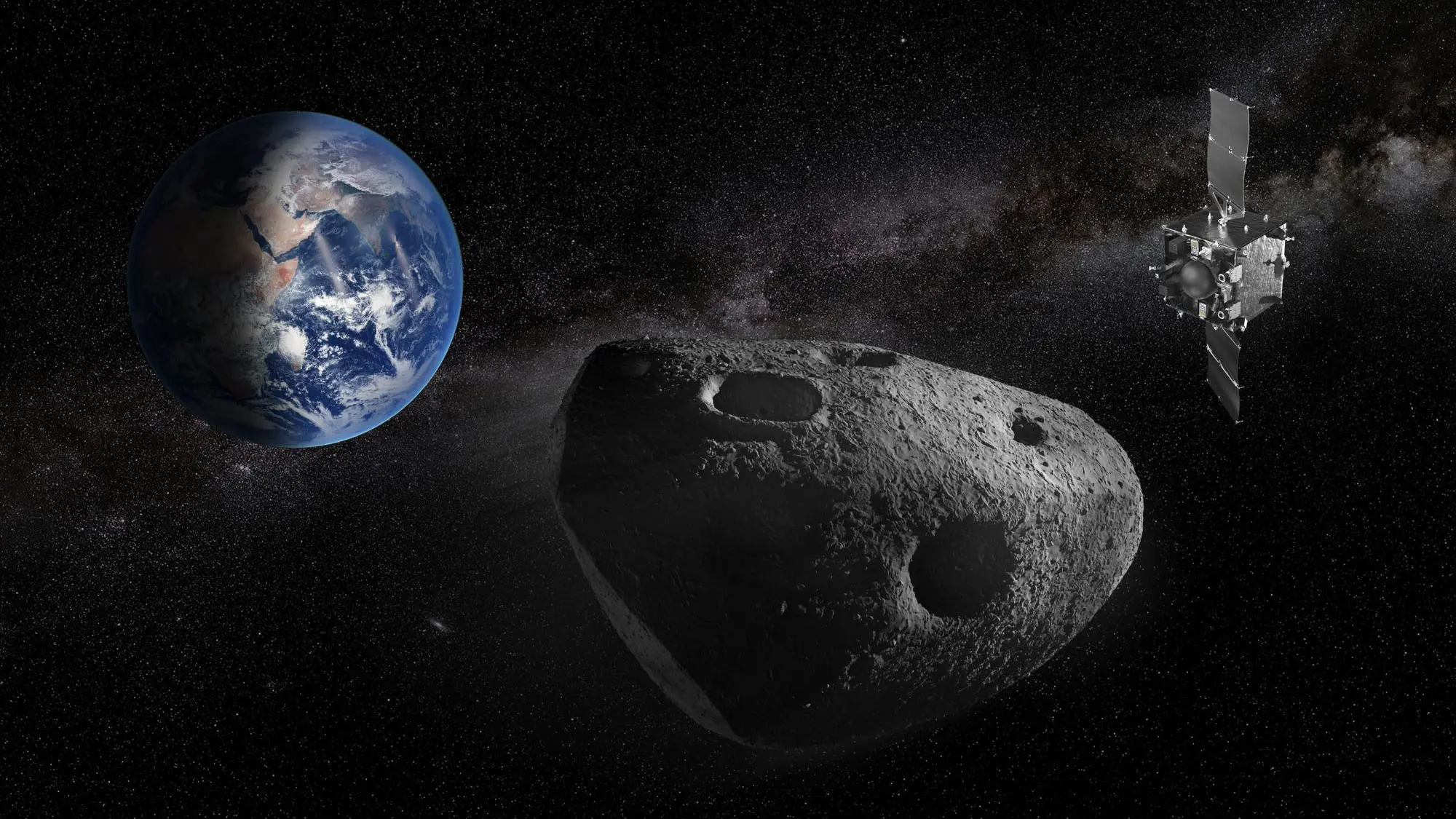BACK TO DEEP SPACE: POLITECNICO DI MILANO PREPARES FOR APOPHIS CLOSE ENCOUNTER

After contributing to Rosetta, DART, and Hera mission, Politecnico di Milano will return to space in 2028.
That year, the European Space Agency (ESA), will launch the Rapid Apophis Mission for Space Safety (RAMSES) spacecraft toward Apophis, a 350-meter asteroid.
Apophis will make its close approach to Earth on April 13, 2029, at an altitude of approximately 31,000 km. Upon arrival, RAMSES will release two shoebox-sized satellites, or CubeSats, developed by the Turin-based Tyvak International.
The DART Lab (Deep-space Astrodynamics Research and Technology Laboratory) at Politecnico di Milano’s Department of Aerospace Science and Technology is part of the industrial team selected by ESA to develop the CubeSat RCS-1. The team led by Prof. Francesco Topputo and Prof. Fabio Ferrari will be responsible for the design of the mission, the guidance, navigation and control system, as well as for the scientific activities of RCS-1’s camera.
The employment of CubeSats in such mission is extremely ambitious and is a fundamental step towards the future development of low-cost exploration of the Solar System. Yet, it provides a high science and technology return. The CubeSat shall operate autonomously in the highly challenging environment of an asteroid flying-by Earth within the geostationary belt.
From the scientific point of view, the CubeSat will provide invaluable insights on the physical and dynamical properties of Apophis. The asteroid will be investigated by collecting data and close-up images near the surface. The CubeSat RCS-1 will provide a fundamental contribution to the broader scientific objectives of RAMSES mission. The CubeSat will also act as a technology demonstrator and will test for the first time innovative GNC algorithms, to support the autonomous guidance, navigation and control in deep space.
RAMSES is a proposed ESA mission designed to rendezvous with the near-Earth asteroid Apophis prior to its close approach to Earth in 2029. RAMSES aims to arrive at Apophis by February 2029 to study the asteroid's characteristics and monitor any changes induced by Earth's gravitational forces during its flyby. On Apri 13th, 2029 Apophis will be visible with naked eye. A closer look will be assured by the technologies produced at Politecnico di Milano.
Image: Synthetic image of asteroid Apophis’ close encounter with Earth (credits: DART Lab/ESA)

Image: Synthetic image of asteroid Apophis’ close encounter with Earth (credits: DART Lab/ESA)